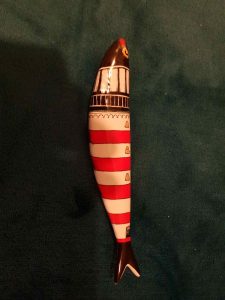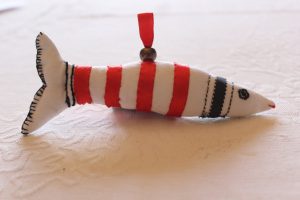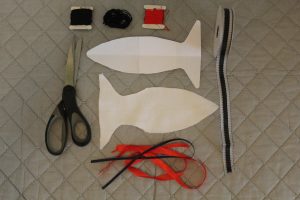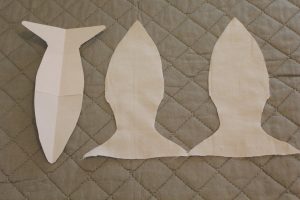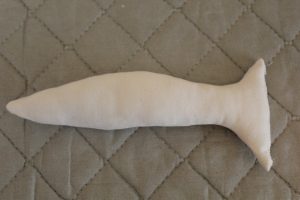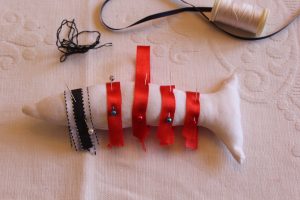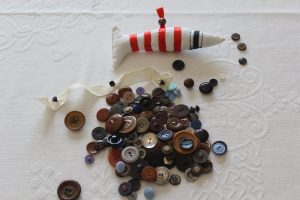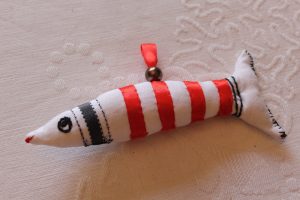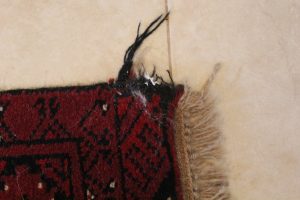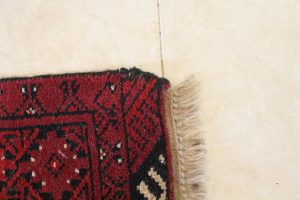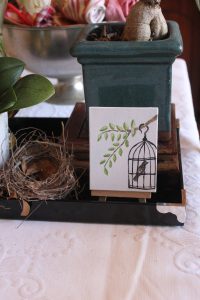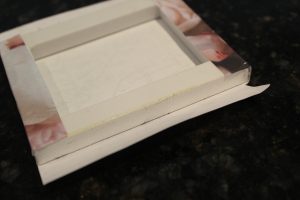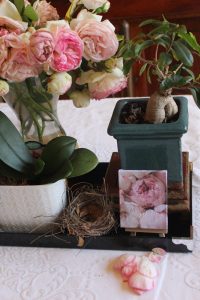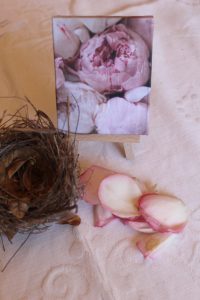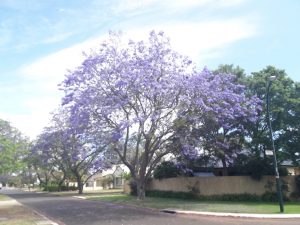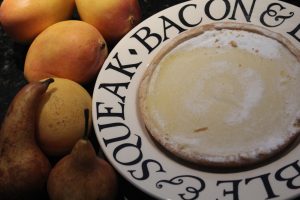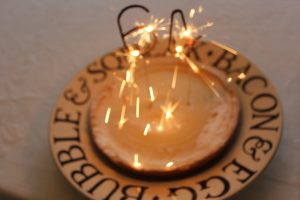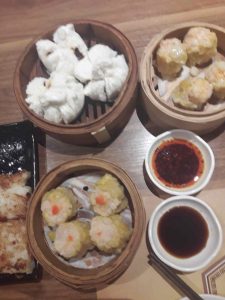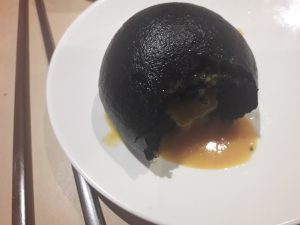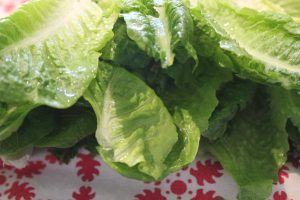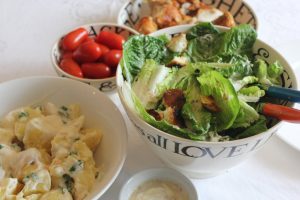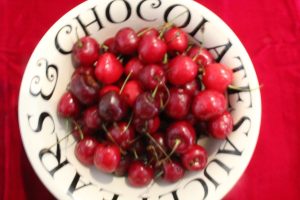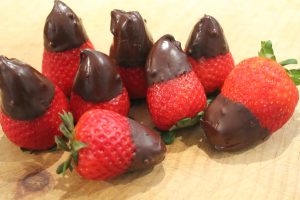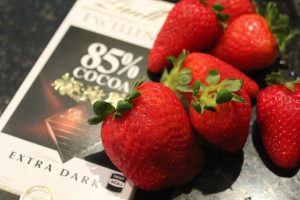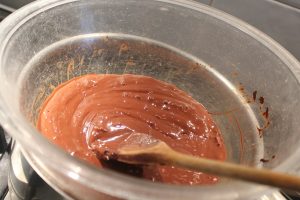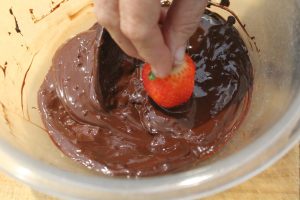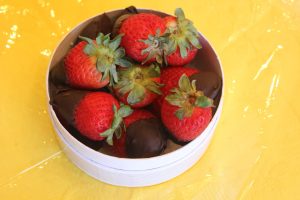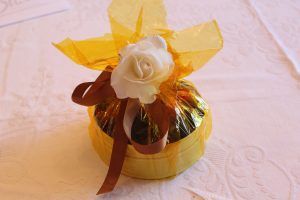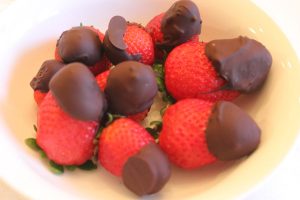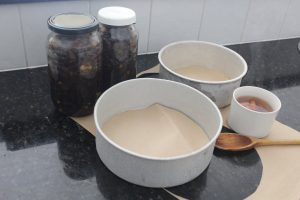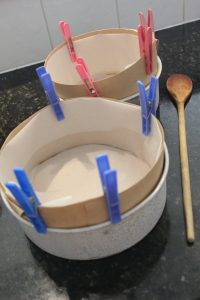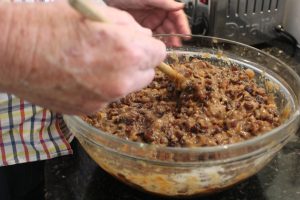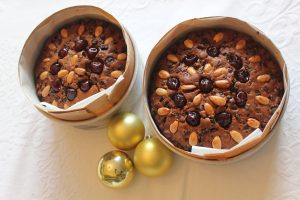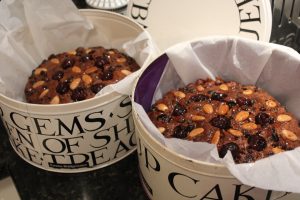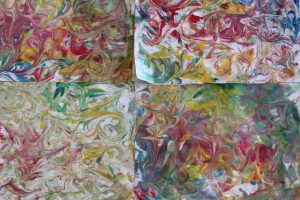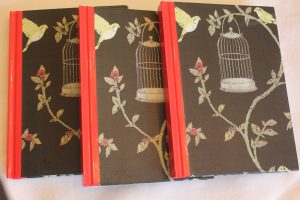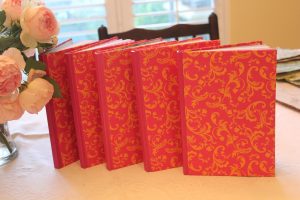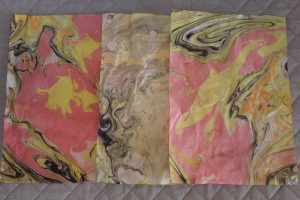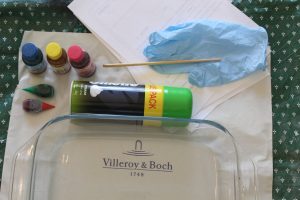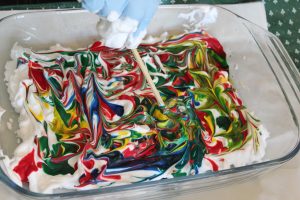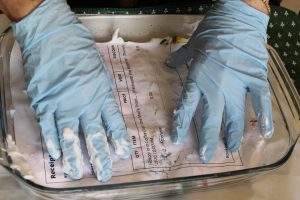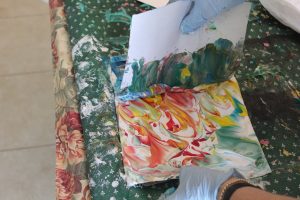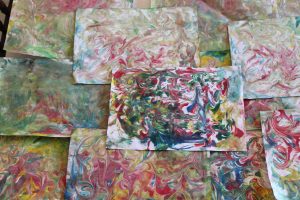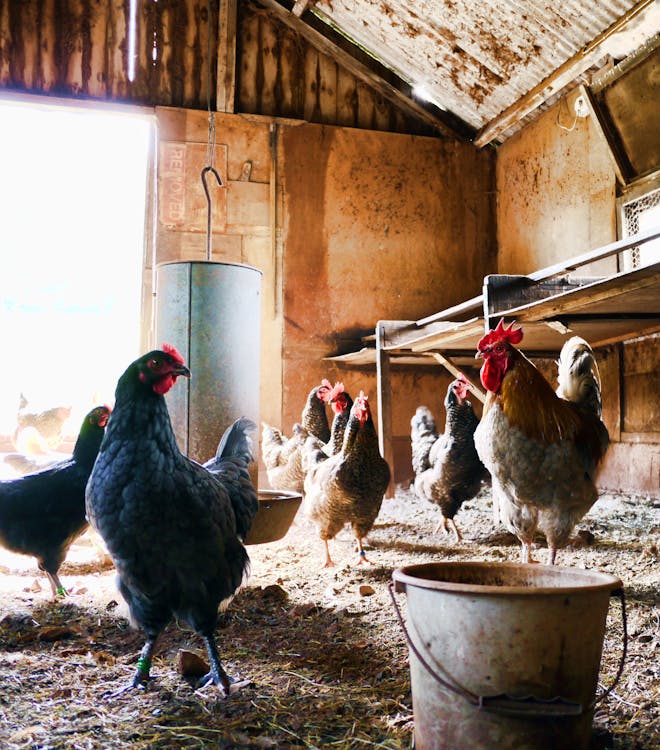I have been working for the past three weeks. I worked as an invigilator or supervisor for final year secondary school exams. This year has been very different for all schools and especially disrupted for final years students.
We have been very lucky and safe in Western Australia. Until recently, the hard border isolating WA from the other states of Australia meant our only CV-19 cases were people returning from overseas. These cases were managed with well organised quarantine arrangements. A range of assessments will be considered for university entrance to reflect this disruption.
Starting on Wednesday I am back to my usual occupations including Pilates, Mahjong and Yoga. Working is stimulating and satisfying but returning to my usual day to day activities is relaxing . Well, Pilates isn’t relaxing, but I’m sure it is good for me!
advent calendar
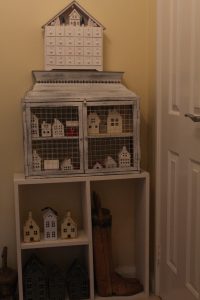

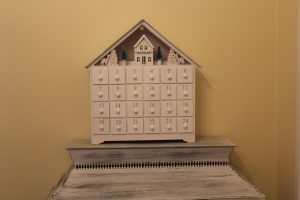

When our son was little we had a lovely fabric Advent Calendar with numbered pockets. These had tiny boxes of Lego, gold coins, chocolate treats and other toys tucked into them for him to discover as we counted down to the Big Day. We have no need of an Advent Calendar now, but I couldn’t resist this wooden house with it’s tiny drawers. The inside of the drawers is painted red, which I really like. Slowly filling them with grown up treats such as chocolates, messages about fun things to do each day including special walks for Louis, the dog and some lottery tickets. Christmas is different when there are no small children visiting.
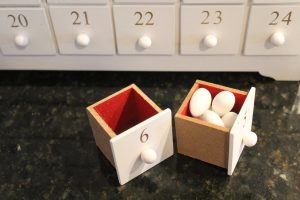

framing botanical prints
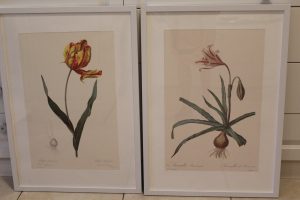

The prints framed.
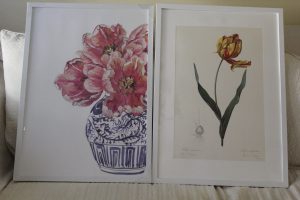

The rather gorgeous print from KMart and the newly framed botanical print.
My Mother gave me these two prints, a tulip and a hippiastrum (amaryllis). I paint botanical water colours and have done so for years. I was going to frame these in Ikea frames but the dimensions just weren’t right for the size of the prints. Walking through KMart I saw a gorgeous floral wall print but what really attracted me was the dimensions of the frame. It was perfect for my botanical prints! Bought two. Then I pondered for ages about mounting boards. Eventually I decided to try doing that myself, too, and bought some heavy (300gsm) Arches Water Colour paper. It is thick with a slight texture.
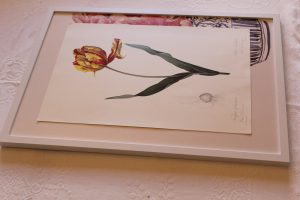

The dimensions of the frame with this art print were just what I wanted to frame the botanical print.
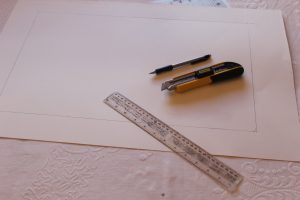

Positioned the print and then measured the area to cut out. Ruled the lines, used a trimmer to remove the centre piece then used UHU glue to adhere the print to the mount along the top.
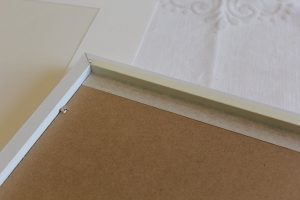

Removed the original staples along the sides and base, but re-used those along the top. I didn’t remove the top ones but simply tilted the backing board, inserted the newly mounted print and pushed the backing board back into position within the frame. I had no way of re-stapling, so I used tape instead to secure the backing board.
Repeated for the second print, which was a bit faster to do as I knew what I was doing this time!
afternoon tea and DINNER
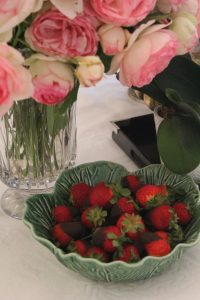

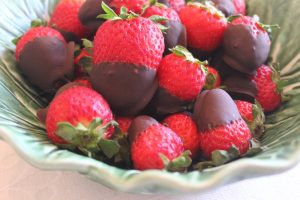

These chocolate strawberries are a new favourite. Strawberries are plentiful now and although melting the chocolate takes a while the actual dipping process is fast and easy. When all the strawberries have been dipped I put the tray in the fridge for a few hours before serving. They are proving to be very popular and pretty, too. Search for an online tutorial.
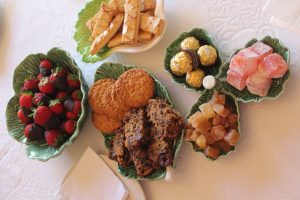

An early afternoon tea so I served light, easy finger food. This was almost “finger” dessert! Apart from chocolate dipped strawberries, there’s Christmas cake, ginger biscuits, some bought Italian biscuits and Turkish Delight, crystallized ginger and chocolates. Quick, easy, delicious.
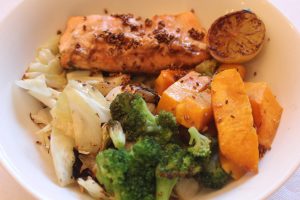

Tray bake dinner with sautéd cabbage. The butternut pumpkin “chips” were partially oven roasted, then the broccoli was added and finally, for the last 20 minutes, the salmon fillets. Drizzled with a marinade of 2 dessert spoons of mirin, soy and maple syrup with a generous squeeze of lime juice. I turned the fillets after 10 minutes to crisp up the skin.
The chopped up cabbage is pan fried in butter and when the edges start to brown or caramelise, I add a generous splash of Apple Cider Vinegar and let it all cook until the liquid has evaporated. Good grating of black pepper finishes it off. We really like cabbage cooked this way.
Using the same pan I cooked the cabbage in I roast some sesame seeds to sprinkle on the salmon to serve.
This will make two dinners for us as I will cook more vegetables to add to the leftover heated salmon and pumpkin chips. The remnant marinade keeps the salmon moist when reheating.


November 18th was World Princess Day. I have no idea how a princess celebrates her special day, but it did remind me the next series of The Crown has started. So have many articles disputing the accuracy of the events portrayed. It seems this series is loosely based on historical events, many occurring within living memory and open to interpretation depending on your political and social affiliations. This is a drama production, not a documentary.

